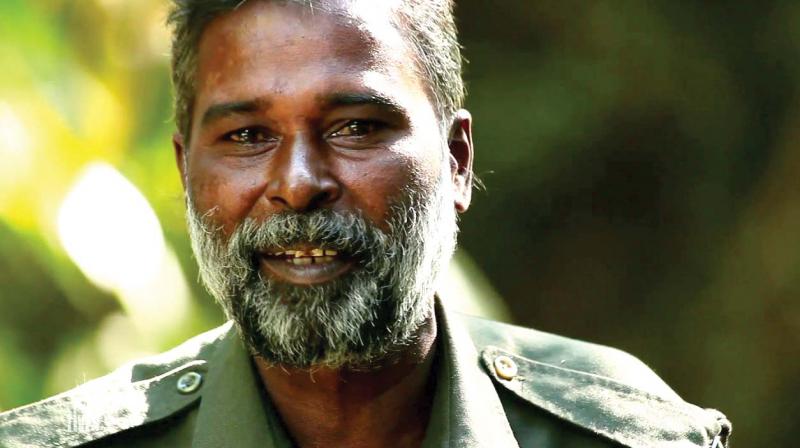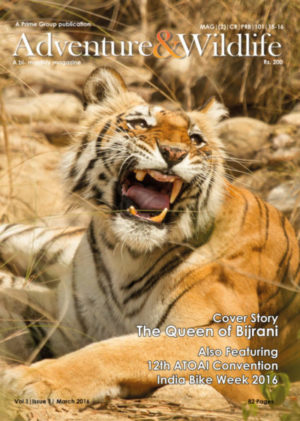
Kannan: The famed eyes and ears of Periyar Tiger Reserve

With 37 years of roaming the 925 sq km forests behind him, as guide, boat driver and watcher, Kannan knew Periyar inside out.
“You must come in May to see the celebrations up in the sky when they fly around jubilantly with their young chicks. You know one thing? A hornbill takes only one partner in its lifetime. When one of them dies, the whole family perishes in a way, and if a few of them disappear from the woods,” brooded Kannan, famous conservationist and forest watcher, Periyar Tiger Reserve.
“Trees like Akil need the help of hornbills to disperse their seeds to different parts of the woods,” he explained listening to the last of the screeches from across the lake in the evening light.
Renowned wildlife photographers, forest officials, scientists, botanists, tourists, those who were lucky to cross Kannan’s path before he died on June 21 never came away from Periyar Tiger Reserve empty handed.
With 37 years of roaming the 925 sq km forests behind him, as guide, boat driver and watcher, Kannan knew Periyar inside out. Young IFS officers and famous conservationists sat with bated breath, as he dug deep into his wisdom, seamlessly traveling back and forth between the purely scientific to the enchantingly mythic of the woods.
“It was not so calm and serene in the beginning,” Kannan remembered those early years in Periyar when he came to woods, some 37 years ago. “At night, we saw flashes of fire popping up from the distant dark mountains.” Poachers! Kannan knew, and would set off in the direction after intimating the forest office through wireless transmission.
“But how could you tread a forest in pitch dark night?” One could hardly contain one’s curiosity, given the intimidating sight of those tree stumps that jut out of the lake. Kannan smiled and pounded his chest. “I have my GPS fitted here. I know the woods by heart.” With those tree stumps, it needs a lot of expertise to ride a boat in Periyar, that too at night. “While others look at the next tree stump to navigate the boat, I look at the distant mountains for directions,” Kannan explained away the magic. As he narrated his adventure of rounding up nearly 20 poachers in a single night it was not pride that gleamed in Kannan’s eyes, but anger. “You know one thing? Animals avoid us not out of fear, it is hatred!” A muffled pain lingered in his voice.
“No! Animals are not dangerous. But we men are.” Kannan said. They attack only when they feel threatened. “We don’t need a reason.”
Kannan’s fame as a watcher-conservationist took him so far, that none other than Prince Charles, met him along with a few other champions of wildlife conservationist led by renowned wildlife photographer Balan Madhavan. Kannan’s forthright comment and his firm belief that it is man rather than the elephant is to be blamed for man-elephant conflict charmed the prince.
“I had only one wish,” he sighed, burrowing his fingers into his grey beard (which earned him the name Thaadi Kannan) “I want to die in my uniform in the middle of this forest. I want them to leave my body inside. I want to be like that fallen tree, which gives forth more life than what death could take out of. I want to live forever in Periyar as so many beings.” He died in the woods while was on duty. They took the body out of Periyar against his wish but only after leaving Kannan behind.
Source: http://www.deccanchronicle.com/lifestyle/pets-and-environment/030717/kannan-the-famed-eyes-and-ears-of-periyar-tiger-reserve.html








